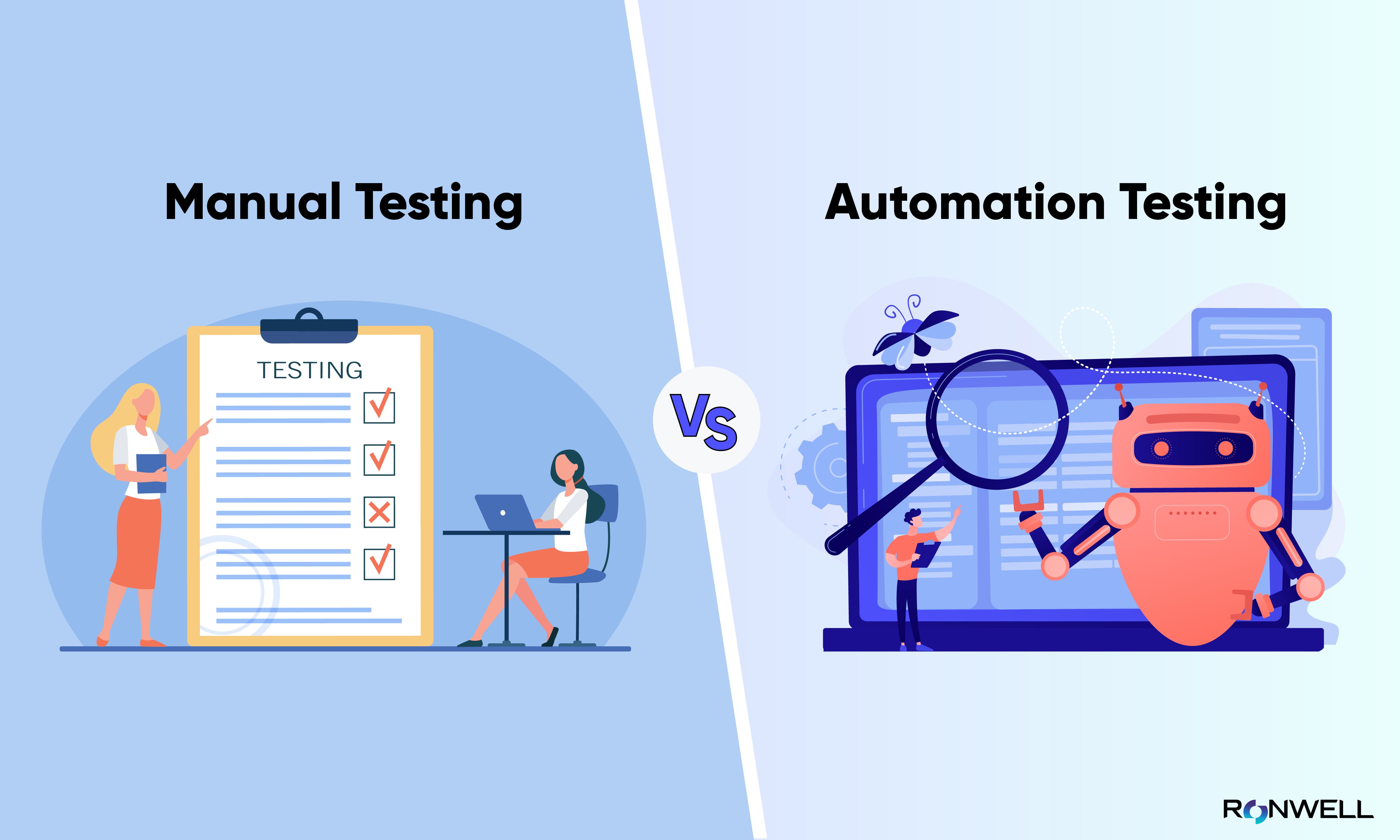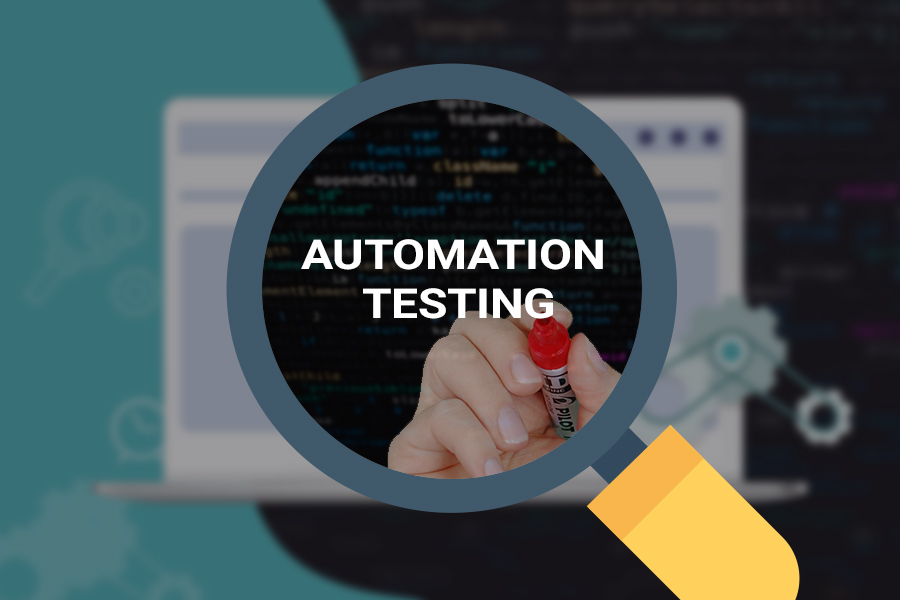Guaranteeing Success in Automation Examining: Key Metrics, Difficulties, and Solutions Every QA Team Need To Know
In the realm of software application quality control, the landscape of automation screening is ever-evolving, requiring a thorough approach to ensure seamless operations. Secret metrics function as the compass directing QA groups with the large surface of test automation, clarifying progress and areas for enhancement. Nonetheless, difficulties loom large, typically casting shadows on the path to success. By recognizing these difficulties and implementing reliable solutions, QA groups can navigate through complexities with skill. The trip to grasping automation screening is paved with subtleties that call for a keen eye for tracking, analysis, and continual enhancement. automation testing. As the market pushes ahead, the quest for ideal performance in automation testing remains a consistent quest, urging QA groups to outfit themselves with the expertise and approaches vital for victory.
Importance of Key Metrics
Recognizing the value of crucial metrics is necessary for examining the performance and efficiency of automation testing processes. Trick metrics act as quantifiable procedures that offer valuable insights right into various facets of the testing procedure, such as examination coverage, test execution time, flaw density, and examination situation efficiency. By examining these metrics, QA groups can recognize traffic jams, inadequacies, and locations for enhancement within their automation screening structure.
One important aspect of vital metrics is their ability to track development and keep track of the total wellness of the screening process (automation testing). They enable stakeholders to make informed choices based upon data-driven insights, which can lead to more efficient screening methods and much better resource appropriation. In addition, crucial metrics can assist teams established realistic objectives, gauge the success of automation initiatives, and show the ROI of automation screening efforts

Typical Difficulties Encountered
Challenges frequently encountered in automation testing processes can significantly affect the total performance and efficiency of QA teams. One of the significant challenges is the choice of the right test instances for automation. Not all examination cases appropriate for automation, and selecting the incorrect ones can bring about lost time and resources. In addition, maintaining examination manuscripts can be a challenging task, especially as the application undertakes regular changes. Test manuscript maintenance needs continual updates and modifications to guarantee they show the present performance properly. One more usual obstacle is the first investment required for establishing up automation frameworks and devices. This can be a barrier for some companies, especially smaller ones with restricted budgets. Automation testing may not cover all aspects of screening, such as usability and customer experience screening, which still call for hand-operated treatment. Conquering these obstacles requires correct planning, tactical examination instance choice, durable upkeep procedures, sufficient sources, and a clear understanding of the restrictions of automation testing.
Efficient Solutions for Challenges
To address the barriers experienced in automation screening, executing reliable options is essential for enhancing the performance and efficiency of QA teams. One key remedy is to invest in robust training programs for QA groups to ensure they have the essential skills to efficiently use automation devices. Training can link knowledge gaps, boost understanding of automation structures, and enhance scripting capacities, eventually leading to a lot more effective test creation and execution.
Another crucial remedy is to establish clear communication channels within the QA team and with various other stakeholders, such as programmers and project supervisors. Reliable interaction aids in lining up assumptions, sharing development updates, site here and quickly resolving concerns or barricades that might emerge during the automation testing procedure.

Monitoring and Analysis Methods
Executing efficient monitoring and evaluation strategies is crucial for guaranteeing the success and performance of automation testing processes. Furthermore, assessing test outcomes and metrics provides useful understandings into the high quality of the software program being tested and the efficiency of the screening strategy.
One secret method in surveillance and analysis is the use of control panels that settle relevant metrics and KPIs in a visually obtainable format. These dashboards offer an extensive review of test execution standing, test protection, issue trends, and other critical info. Routinely assessing and analyzing these control panels can aid QA teams make educated choices, prioritize tasks, and enhance screening efforts.
In addition, carrying out automated Related Site notifies and notifications based upon predefined limits can enhance proactive surveillance and timely treatment. By establishing notifies for performance discrepancies or examination failings, teams can attend to issues immediately and prevent them from intensifying. On the whole, monitoring and evaluation strategies play an important duty in ensuring the effectiveness and success of automation screening efforts.
Continual Renovation Techniques
Enhancing the efficacy of automation testing processes demands the regular improvement of techniques and methodologies. Constant enhancement methods are crucial for QA groups to adapt to developing modern technologies and supply high-quality software. One vital technique to improving automation testing processes is to conduct regular testimonials and retrospectives. By examining past testing cycles, groups can recognize traffic jams, ineffectiveness, and areas for improvement. Executing comments loops and incorporating lessons found out right into future screening frameworks can generate significant renovations gradually.

Final Thought
Finally, it is crucial for QA teams to comprehend the essential metrics, challenges, and remedies in automation screening to guarantee success. By carefully keeping an eye on and evaluating information, executing effective remedies to typical challenges, and continually improving approaches, QA teams can optimize their screening processes and deliver high-grade software. Following these methods will ultimately bring about a lot more effective and effective automation screening practices.
By assessing these metrics, QA teams can identify traffic jams, ineffectiveness, and areas for improvement within their automation screening structure.
In addition, essential metrics can help groups set realistic goals, determine the success of automation initiatives, and show the ROI of automation testing initiatives.
Obstacles frequently come across in automation testing procedures can significantly influence Web Site the general effectiveness and effectiveness of QA groups. Automation screening might not cover all aspects of screening, such as usability and individual experience testing, which still call for manual treatment.In verdict, it is vital for QA teams to recognize the key metrics, obstacles, and solutions in automation testing to make sure success.
Comments on “The Ultimate Overview to Implementing Automation Testing Effectively”